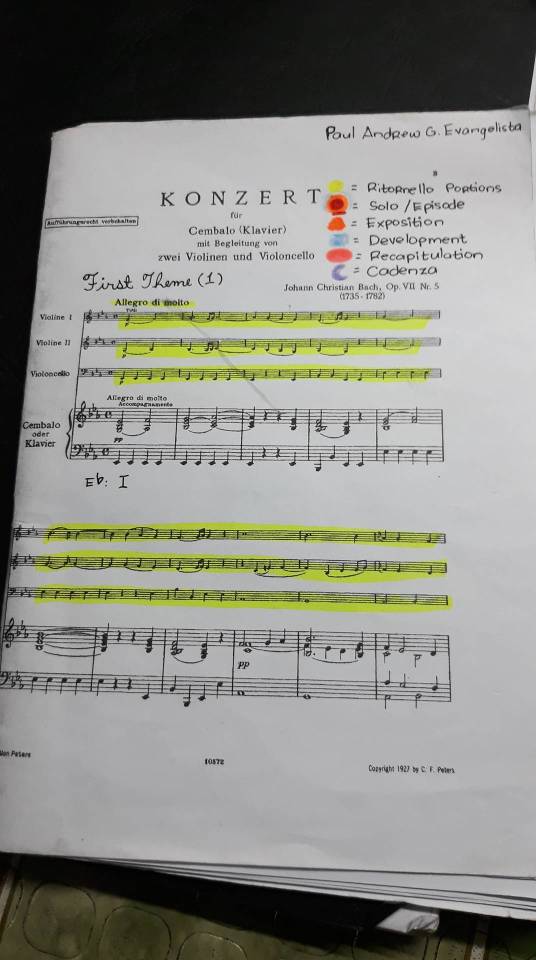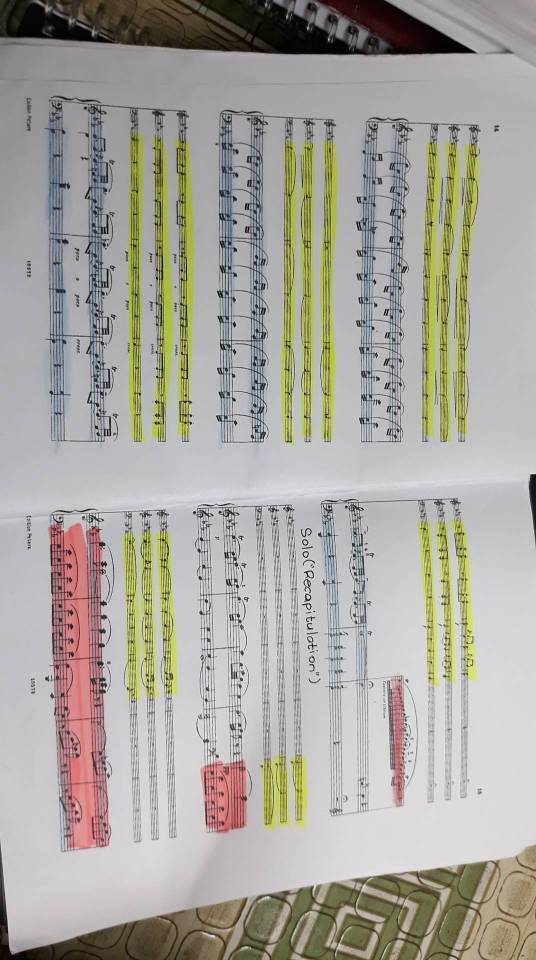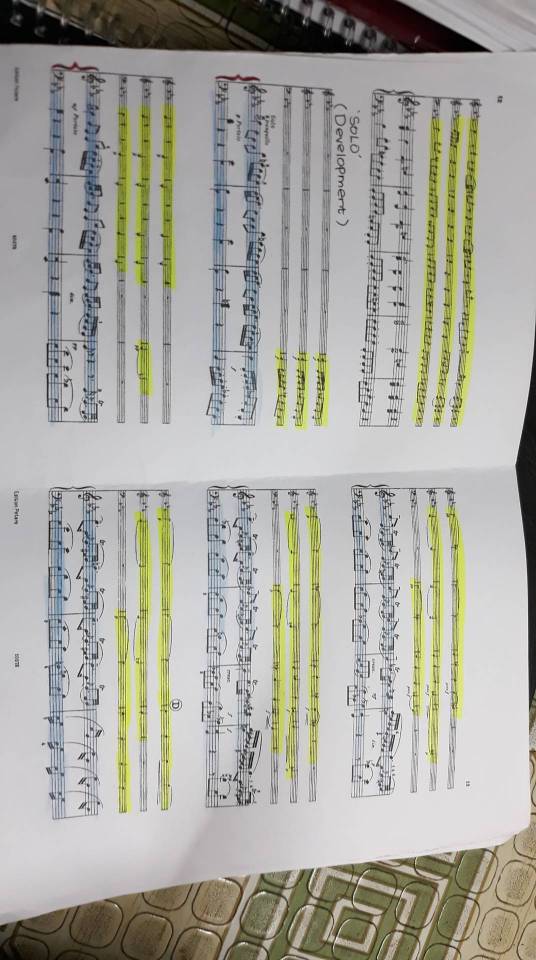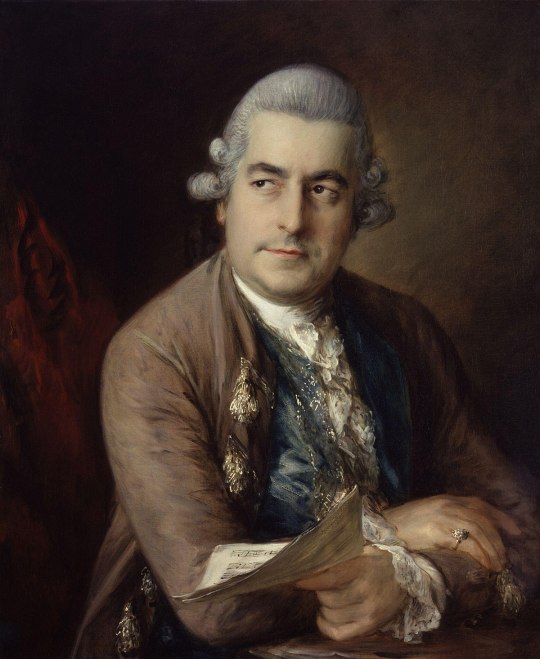#BaroqueOverload
Text
Blog No. 5 (Ch. 22 Assignments)
Musical Analysis of J.C. Bach’s Concerto for Keyboard and Strings in Eb Major:





J. C. Bach's keyboard works include several sets of accompanied sonatas, a genre that enjoyed a wide popularity during the Classical era, but never found its way into the concert repertoire. The accompanied sonata was a genre meant for domestic performance; the solo keyboard sonata, on the other hand, was adopted in due course by concert audiences. J. C. Bach composed works within both genres during most of his productive years, and his output constitutes a corpus of remarkable consistency. J. C. Bach's removal to London in 1762 coincided with his clear adoption of a galant style, marked by the Italianate influence, and the abandonment of most Baroque traits. The British milieu provided additional factors: the rise of the pianoforte, a thriving music-publishing market, and a great interest in domestic music making among the affluent classes. These factors marked J. C. Bach's output at various levels. Keyboard works had to conform to the proficiency of the amateur performer, a fact reflected in the accompanied output mostly. The number of movements, their length, and the inclusion of particular technical devices are readily observable differences between the two genres. The most remarkable distinction lies perhaps in the preference for binary sonata format in the accompanied. sonatas from the mid 1760s to the 1770s, in spite of a later tendency for tripartite designs in both genres. J. C. Bach's lifelong preference for motivic phrase structure conditioned his keyboard production and partly explains the gap in quality between some of his works and sonatas composed around the same time by Haydn and Mozart, who developed more effective means to connect the melodic material to higher structural units. J. C. Bach's influence, however, endured in Mozart's handling of melody, and his keyboard production constitutes, in spite of some flaws, a noteworthy example of elegance and craftsmanship.
Source: Carvalho, Marinho Silva, and Helen Paula. “J.C. Bach's London Keyboard Sonatas : Style and Context.” White Rose ETheses Online, University of Sheffield, 1 Jan. 1970, etheses.whiterose.ac.uk/3070/.
A. Carl ‘Karl’ Philipp Emanuel Bach: (Born March 8, 1714, Weimar, Saxe-Weimar [Germany]—died Dec. 14, 1788, Hamburg); German Composer

A precocious musician who remained successful, C.P.E. Bach was his father’s true successor and an important figure in his own right.
Successful in assimilating the powerful influence of their father and in making the transition into the new style then evolving.
Became a leader of that movement but retained the advantage of a solid craftsmanship and assurance for which he always gave full credit to his father’s teaching and example.
His symphonies, concerti, and keyboard sonatas were influential in the evolution of classical sonata-allegro form.
His influence on Joseph Haydn, W.A. Mozart, and even Ludwig van Beethoven was freely acknowledged.
As a performer, Bach was famous for the precision of his playing, for the beauty of his touch, and for the intensity of his emotion.
The influence of C.P.E. Bach’s Essay on Keyboard Instruments was unsurpassed for two generations. Haydn called it “the school of schools.” Mozart said, “He is the father, we are the children.” Beethoven, when teaching the young Karl Czerny, wrote, “be sure of procuring Emanuel Bach’s treatise.” It is, indeed, one of the essential source books for understanding the style and interpretation of 18th-century music. It is comprehensive on thorough bass, on ornaments and fingering, and is an authentic guide to many other refinements of 18th-century performance.

B. Giovanni Battista Sammartini: (Born 1700/01, Milan [Italy]—died Jan. 15, 1775, Milan); Italian Composer

An important formative influence on the pre-Classical symphony and thus on the Classical style later developed by Joseph Haydn and Wolfgang Amadeus Mozart.
He was one of the first to compose symphonies for concert performance; their ancestry was in the Italian opera overtures. As his orchestral and chamber music became known outside Italy, it attracted pupils to Milan, among them Christoph Gluck, who probably studied with him in 1737–41.
Widely regarded as "the father of the symphony." While he may not have invented the form, he was the first composer to master it and helped establish it as a separate entity from its direct ancestor, the opera overture.
Sammartini was a prolific composer; by some estimates, he produced 2,000 works.
C. Johann Christian Bach: (Born Sept. 5, 1735, Leipzig [Germany]—died Jan. 1, 1782, London, Eng.); German Composer

J.C. Bach’s music reflects the pleasant melodiousness of the galant, or Rococo, style. Its Italianate grace influenced composers of the Classical period, particularly Mozart, who learned from and greatly respected Bach.
His symphonies, contemporary with those of Haydn, were among the formative influences on the early Classical symphony; his sonatas and keyboard concerti performed a similar role.
Although he never grew to be a profound composer, his music was always sensitive and imaginative.
2 notes
·
View notes